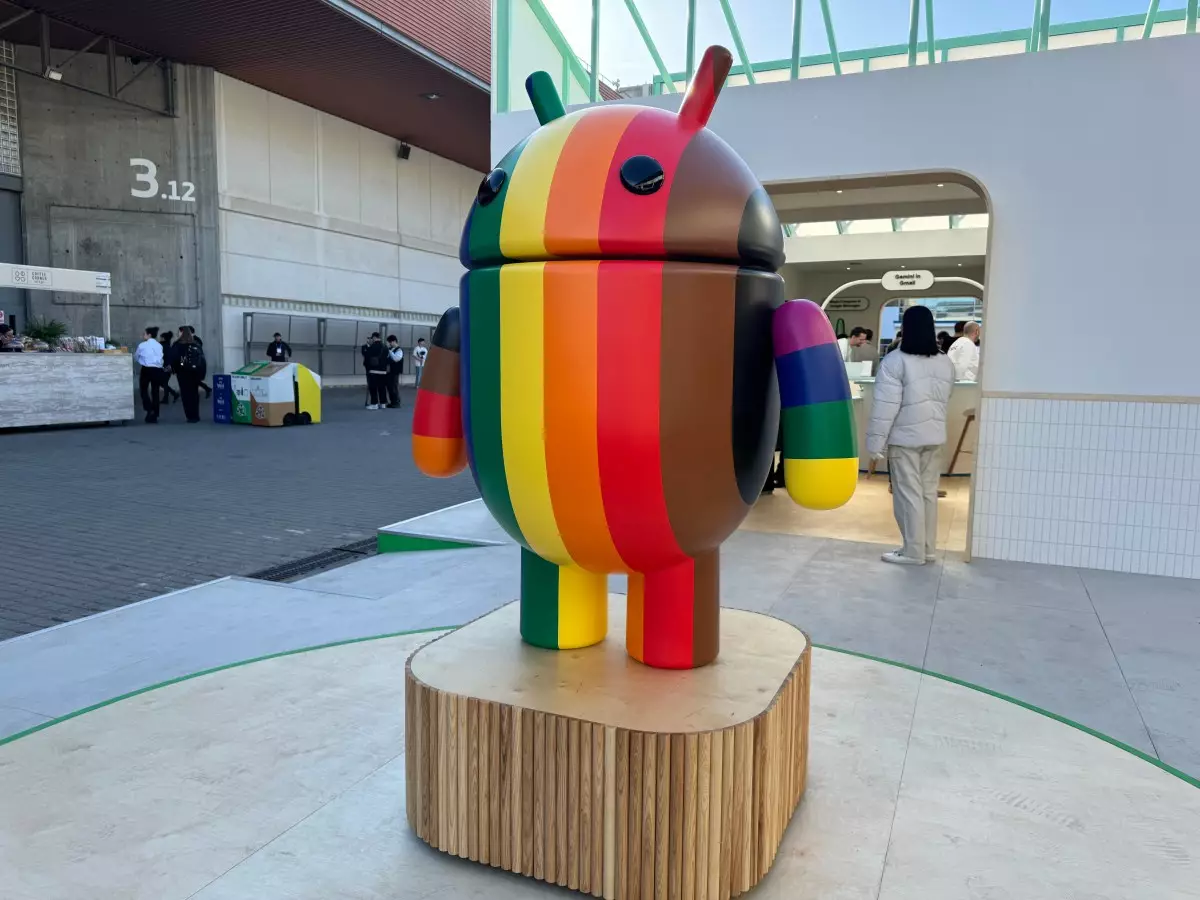In a noteworthy shift for software developers and device manufacturers alike, Google has recently unveiled the first developer preview of Android 16. Scheduled for a stable release in Q2 2025, this timeline marks a significant deviation from Google’s previous strategy, which typically saw the first beta release occur in the second quarter of the year with a stable version rolling out around mid to late summer. This early launch aims to streamline the distribution of features and potentially enhance user experiences by minimizing fragmentation across various devices.
Historically, Android has struggled with fragmentation—the scenario where multiple devices operate on various, often outdated, versions of the operating system. This dilemma not only complicates developers’ lives but also hinders users from enjoying the latest features and enhancements. By moving the release of Android 16’s major version to the first half of the year, Google appears to be addressing this problem head-on. The intention is to get essential features to users quicker, particularly in the competitive landscape against Apple’s iOS, where updates tend to roll out uniformly across devices.
This change is not merely a slogan; it reflects a strategic decision aimed at ensuring that as many Android devices as possible are equipped with the latest features promptly. Ultimately, the hope is to cultivate a more harmonized device ecosystem, reducing the number of users left stranded on older versions of Android.
While this new timeline offers advantages, it brings with it new challenges. The crux of the matter lies in the need for Google to guarantee that this first major Android 16 release is stable. Developers must be reassured that their applications can function seamlessly atop this new version without facing unexpected compatibility issues. A robust and stable release becomes crucial as it underpins the entire ecosystem; if developers struggle to adapt their apps to a buggy system, the ramifications could be detrimental, potentially leading to a decline in the quality of applications available to users.
In a blog post, Matthew McCullough, the VP of product management for the Android Developer ecosystem, highlighted an added benefit: an accelerated development journey for app creators. The introduction of a minor Software Development Kit (SDK) release in Q4 2025, packed with new APIs, aims to keep developers engaged and equipped with the tools necessary to innovate effectively.
The developer preview of Android 16 does not just promise stability; it also introduces noteworthy enhancements aimed at improving user experience. One such feature is the new embedded photo picker, which allows applications to request access to select photos from users’ local and cloud storage. This functionality represents a significant step toward making data-sharing between apps more user-friendly, allowing for a seamless exchange of information.
Additionally, Google is releasing a developer preview of Health Connect, enriching the capabilities of health-related apps. By integrating APIs that support FHIR (Fast Healthcare Interoperability Resources) standards, developers can now read and write medical records with user consent. This is an essential move toward improving health data management and making services more accessible to users, laying the groundwork for innovative health applications.
With this new cycle in mind, there remains uncertainty about Google’s strategy moving forward. After Seang Chau, VP and GM of the Android Platform, expressed concerns about previous API release schedules, one can only speculate on how Google will navigate future releases. Will the two-API-per-year approach remain consistent? How will this model affect the cadence of upcoming Pixel device releases? These questions loom large as developers and manufacturers reconfigure their strategies in light of Google’s continued evolution.
The effects of this transformation will not be instantaneously apparent, but as Android 16 approaches its stable release, the industry watches closely. By prioritizing both stability and accessibility, Google seems determined to fine-tune its approach to Android development. Embracing these changes could very well fortify Android in its decades-long rivalry with iOS, providing users with a more stable, feature-rich experience across devices.

